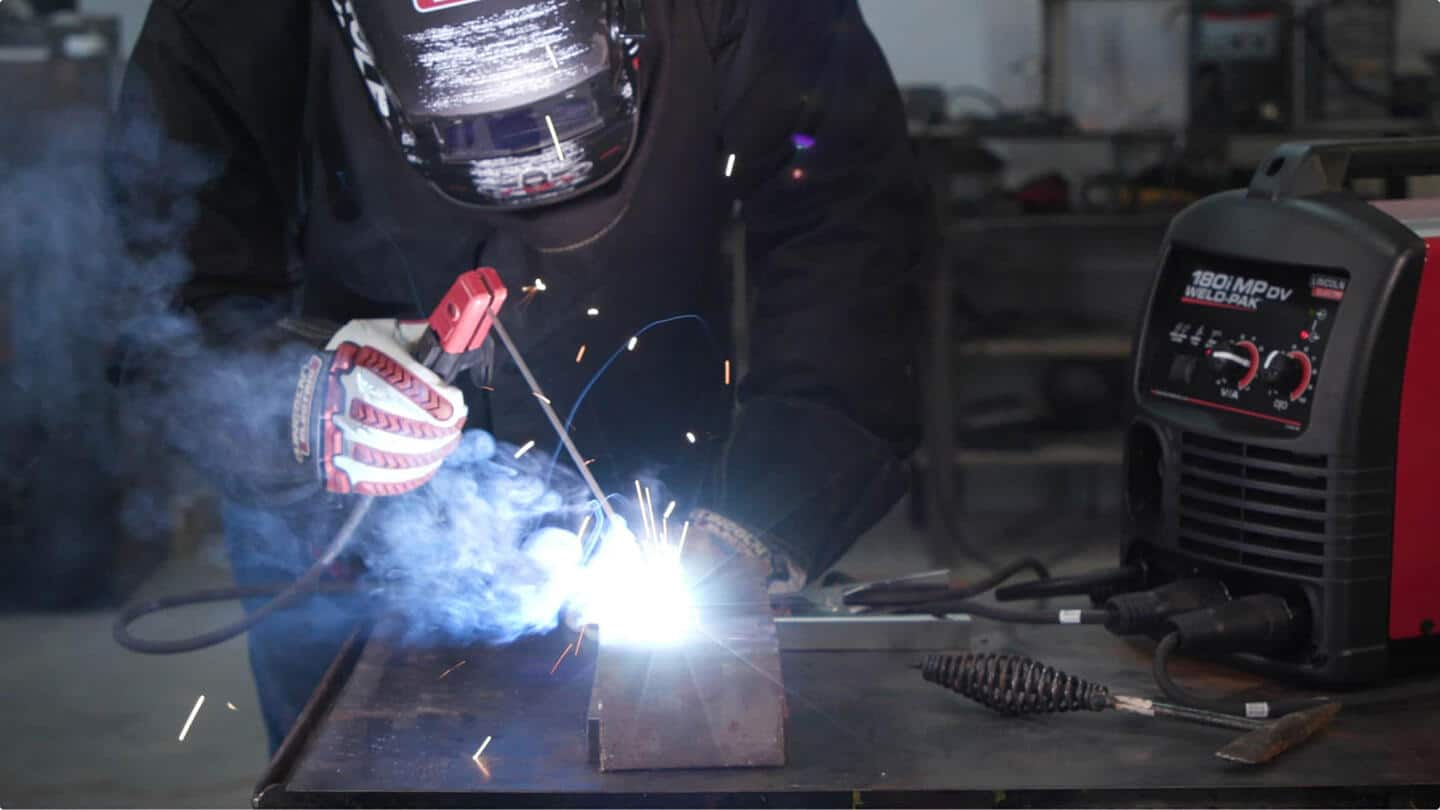Advanced Welding WPS: Tailoring Requirements for Complex Jobs
Advanced Welding WPS: Tailoring Requirements for Complex Jobs
Blog Article
Getting Welding Excellence: Introducing the Tricks of WPS Execution and Optimization
In the world of welding, accomplishing excellence is a search that hinges on the meticulous implementation and optimization of Welding Procedure Specs (WPS) By diving into the essential aspects, strategies, challenges, and finest methods connected with WPS, a globe of welding quality waits for those that are eager to discover its depths.
Importance of WPS in Welding
The Significance of Welding Procedure Specifications (WPS) in the welding industry can not be overemphasized, working as the foundation for guaranteeing uniformity, high quality, and safety in welding procedures. A WPS offers comprehensive directions on how welding is to be accomplished, including crucial variables such as products, welding procedures, joint layout, filler steels, interpass and preheat temperature levels, welding currents, voltages, travel rates, and more. By adhering to a well-defined WPS, welders can maintain uniformity in their job, causing regular weld top quality throughout different projects.

Crucial Element of WPS
Discussing the indispensable parts of a welding procedure requirements (WPS) is vital for comprehending its duty in welding operations. A detailed WPS includes a number of essential aspects that lead welders in accomplishing top quality and consistency in their job. One crucial facet of a WPS is the welding procedure specification, which outlines the specific welding processes to be used, such as gas tungsten arc welding (GTAW) or shielded steel arc welding (SMAW) Furthermore, the WPS consists of details on the welding materials, such as the type and requirements of the base steel and filler metal to be used. The WPS likewise specifies essential variables like welding specifications, interpass and preheat temperature level demands, and post-weld heat therapy procedures. Additionally, it includes details on joint design, fit-up, and any type of unique strategies or precautions needed for the welding procedure. By incorporating these crucial elements right into the WPS, welding procedures can be standard, making certain quality, effectiveness, and safety in welding procedures.
Approaches for WPS Optimization

Second of all, training and credentials of welding workers according to the particular needs of the WPS is paramount. Supplying comprehensive training programs and making sure that welders are certified to implement procedures described in the WPS can bring about greater quality welds and reduced rework.
In addition, leveraging modern technology such as welding software application and tracking systems can aid in maximizing WPS. These devices can aid in tracking variables, ensuring parameters are within defined limitations, and supplying real-time responses to welders, allowing them to make prompt changes for improved weld top quality.
Typical Difficulties and Solutions
Facing barriers in carrying out the methods for WPS optimization can hinder welding procedures' performance and top quality. One common obstacle is inadequate training or understanding of the welding treatment specifications (WPS) amongst the welding team. This can cause inappropriate execution of welds, resulting in problems and remodel. To resolve this, comprehensive training programs need to be executed to make sure that all welders are proficient in interpreting and applying WPS properly.
One more obstacle is the lack of appropriate documents and record-keeping, which is important for WPS optimization. Without clear records of welding specifications, products used, and assessment results, it ends up being challenging to determine locations for improvement and guarantee uniformity in welding procedures. Carrying out a durable documents system, such as electronic welding administration software application, can assist enhance record-keeping and promote data analysis for continuous renovation.
In addition, inconsistent welding equipment calibration and upkeep can present a substantial challenge to WPS optimization. Routine equipment checks, calibration, and upkeep timetables ought to be stuck to purely to ensure that welding criteria are accurately regulated and maintained within the specified tolerances (welding WPS). By resolving these common obstacles with aggressive solutions, welding operations you can find out more can improve performance, quality, and total welding excellence
Ideal Practices for WPS Implementation
To make sure successful WPS implementation in welding operations, adherence to industry criteria and precise focus to information are paramount. When starting WPS application, it is critical to begin by extensively comprehending the certain welding requirements of the project. This involves an extensive evaluation of the welding treatment requirements, materials to be welded, and the environmental problems in which the welding will happen.
When the demands are clear, the next step is to choose the ideal welding procedure that lines up with these specifications. This entails consulting the pertinent codes and criteria, such as those provided by the American Welding Society (AWS) or the International Company for Standardization (ISO), to ensure compliance and high quality.
Moreover, documenting the entire WPS implementation process is important for traceability and quality assurance. Comprehensive documents must be kept regarding welding parameters, material prep work, interpass and preheat temperature levels, welding consumables utilized, and any kind of variances from the initial procedure. pop over to this site Regular audits and reviews of the WPS can help determine areas for improvement and make sure recurring optimization of the welding procedure.


Conclusion
To conclude, the implementation and optimization of Welding Procedure Specifications (WPS) is essential for accomplishing welding quality. By recognizing the crucial elements of WPS, carrying out effective methods for optimization, attending to common challenges, and complying with finest methods, welders can make sure high-grade welds and risk-free working conditions. It is necessary for professionals in the welding industry to focus on the proper execution of WPS to boost overall welding performance and attain wanted outcomes.
The Significance of Welding Treatment Requirements (WPS) in the welding industry can not be overstated, serving as the backbone for making sure consistency, high quality, and security in welding operations. A WPS provides comprehensive directions on just how welding is to be lugged out, consisting of vital variables such as materials, welding processes, joint style, filler metals, preheat and interpass temperatures, welding currents, voltages, travel speeds, and much more. One important facet of a WPS is the welding process specification, which describes the details welding procedures to be utilized, such as gas tungsten arc welding (GTAW) or secured metal arc welding (SMAW) By integrating these key components into the WPS, welding treatments can be standard, making certain top quality, performance, and safety in view publisher site welding operations.
It is vital for specialists in the welding sector to focus on the proper execution of WPS to boost total welding performance and achieve desired results.
Report this page